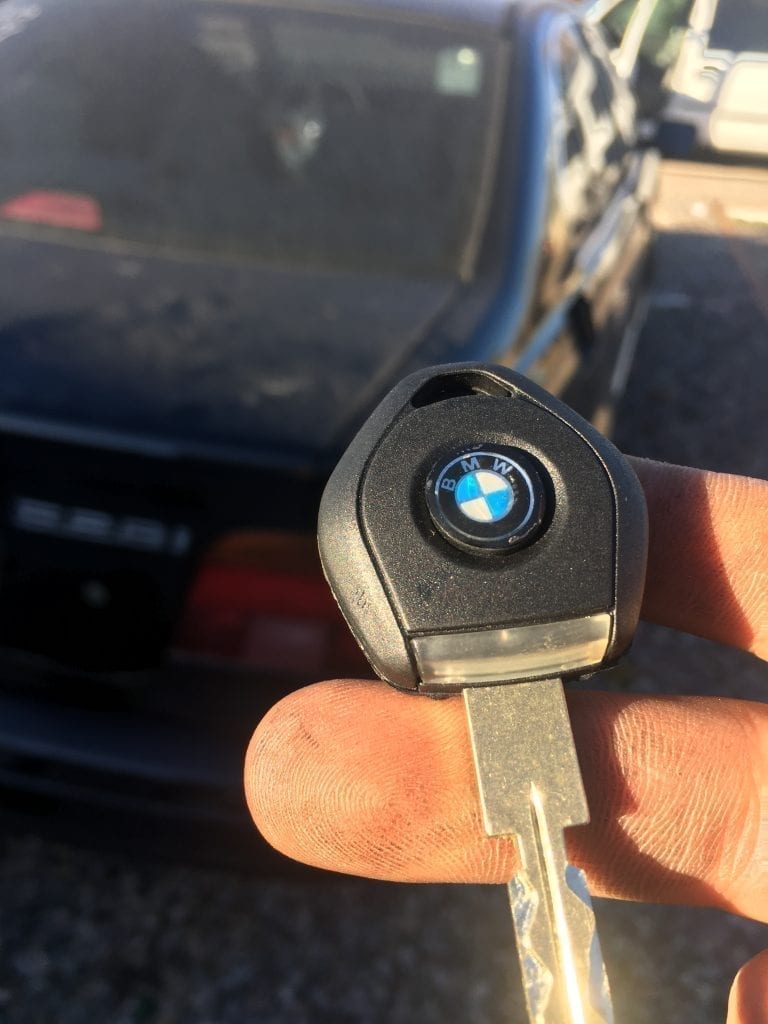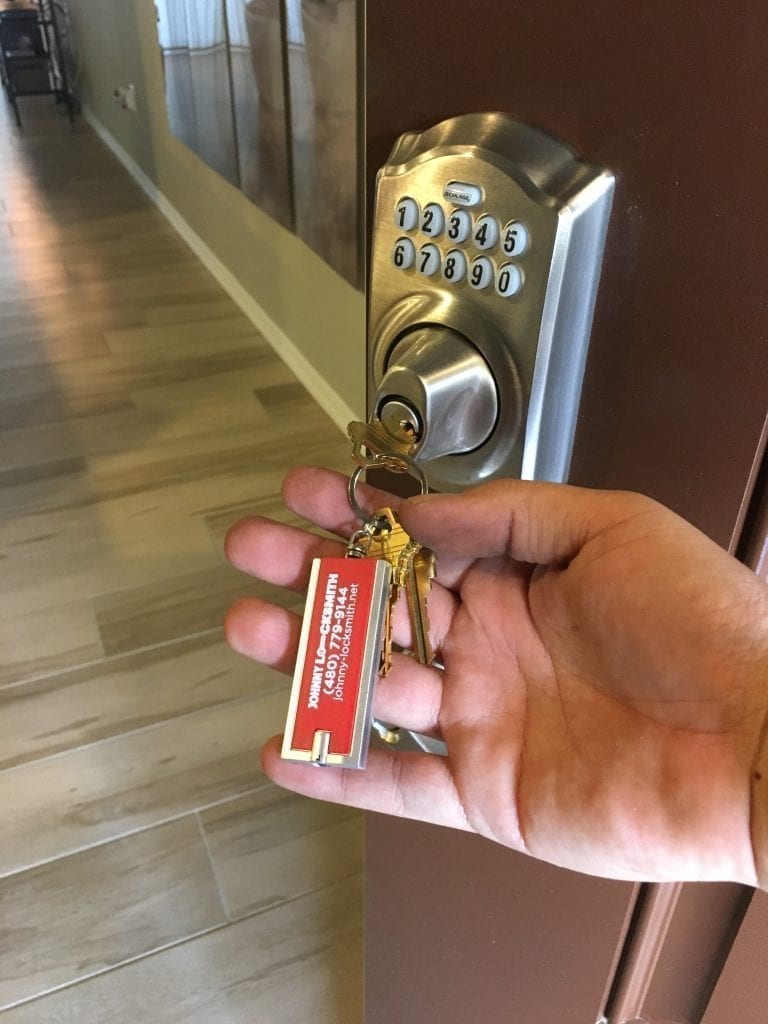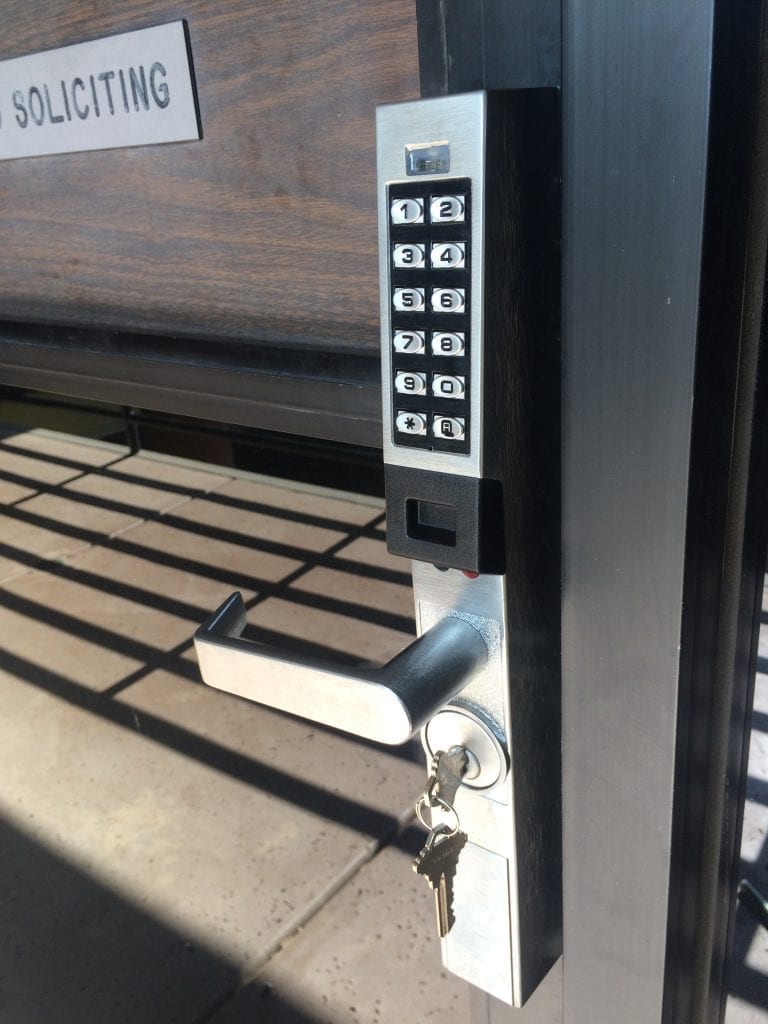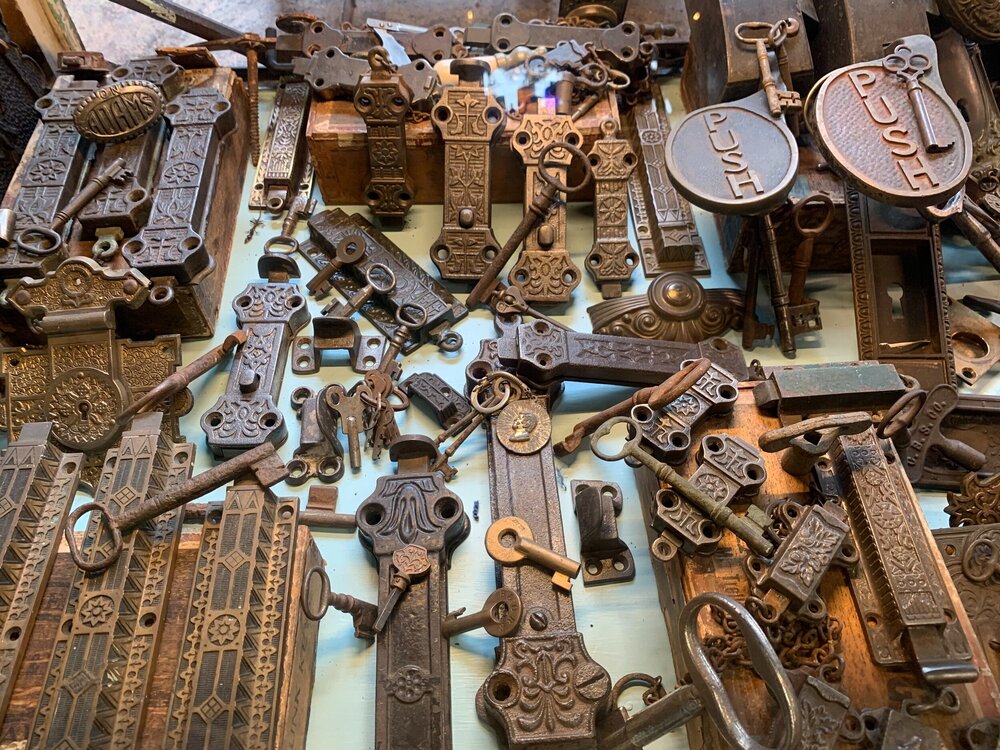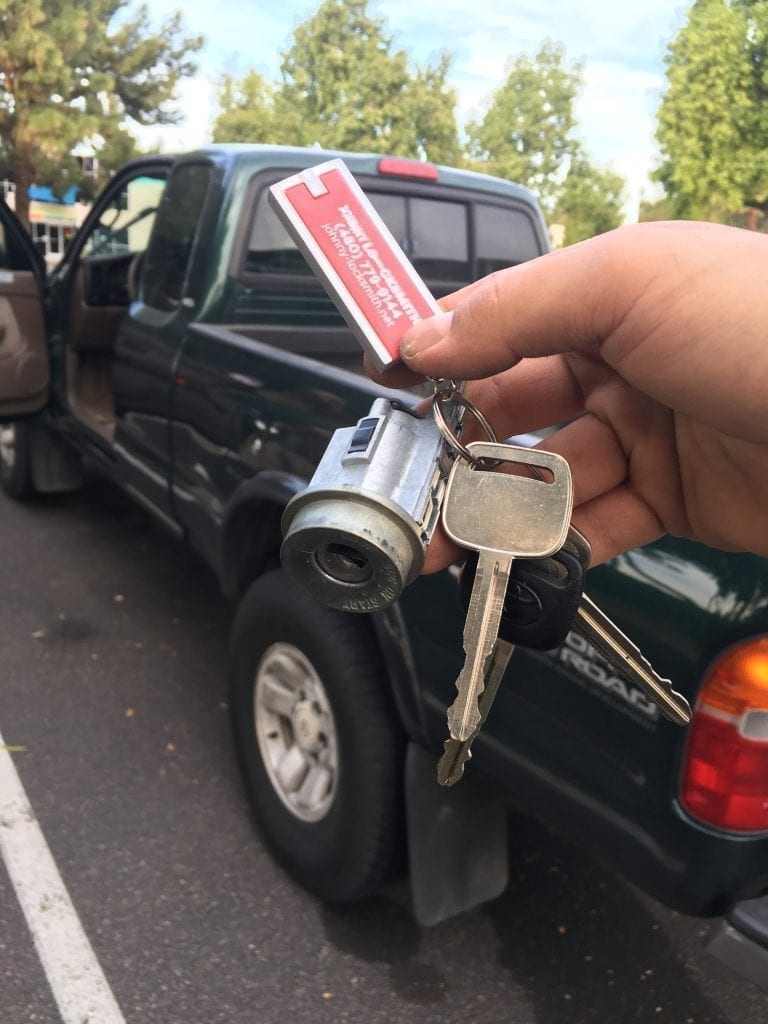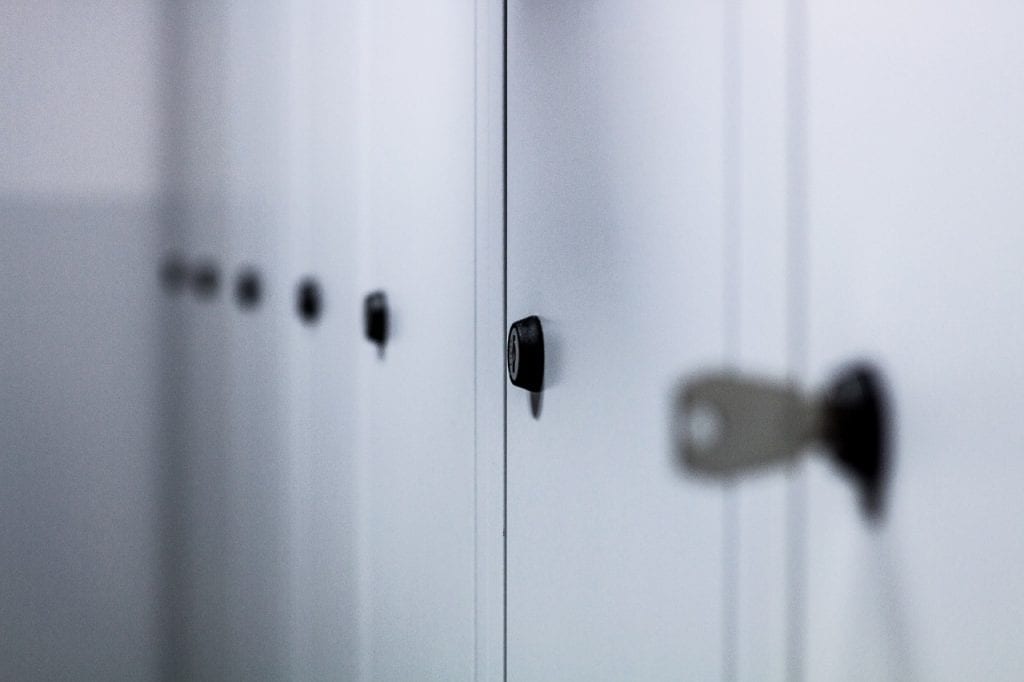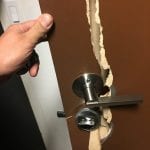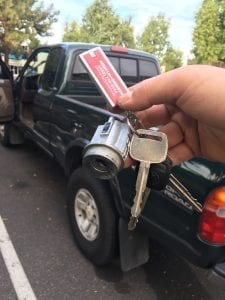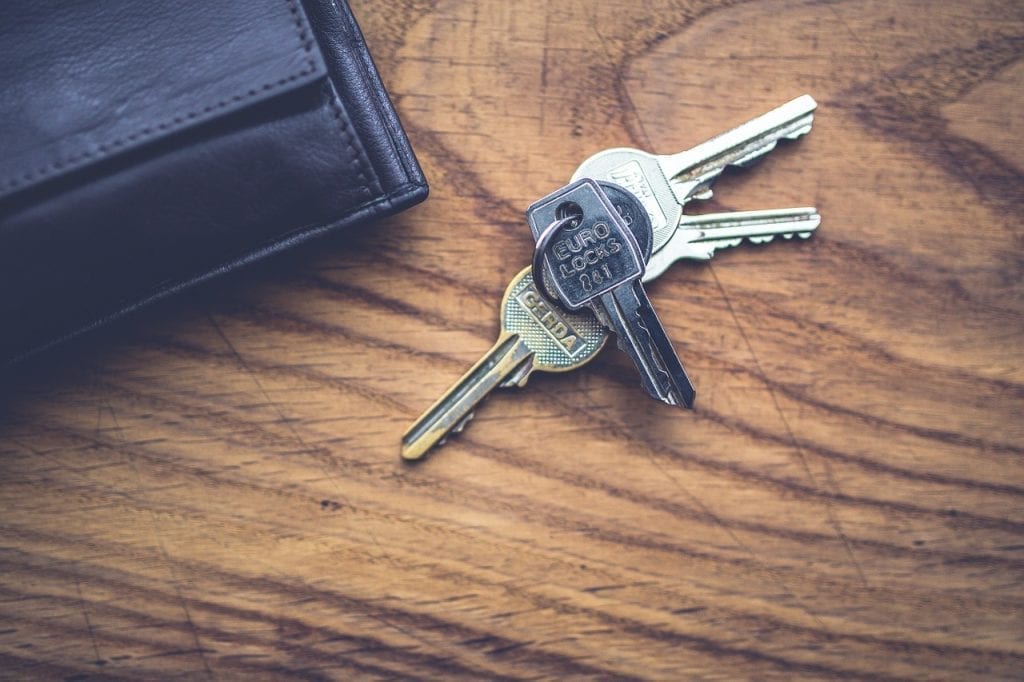
What is lock bumping, and how can you prevent it?
Lock bumping is an easy way for burglars to gain entry to your home.Many people still have cylinder locks as their main security source, but these locks are easy to compromise with a few simple tools and a little knowledge on how to do it.The technique was first discovered and listed as a concern in 2002, but is still common today.
How does lock bumping work?
When a thief uses a key that is specially cut for a lock and then “bumps” it with a screwdriver or mallet, this is called “bumping” a lock. Essentially, this forces the pins inside the lock onto the shear line as the special key turns, thus opening the door. “Bump keys” are easy to find, and most can even be purchased online. There are no special skills required to complete the technique, but it’s highly effective most of the time. Using this method, burglars can enter your home with no signs of forced entry. Though it may not sound serious, it is a threat that should not be taken lightly when thinking about your home security.
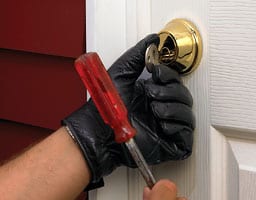
History of the Method
This technique has been around for decades, having been used for a half century by locksmiths when they needed access to a lock with no key available. However, for many years, it was not known to criminals. In years past, burglars would simply pick the lock, but this method takes a good deal of time, training, and special tools.
Lock picking also requires brute force, which results in noise and obvious signs of a break-in. Lock bumping is now the preferred technique because it’s usually quiet and quick.
It is necessary to have specialized equipment.
The bump key is the only special tool required for effectiveness. The only requirements for the bump key are that it fits the lock properly and that the ridges on the key are cut to their maximum depth. Another common name for bump keys is “999 keys.”
This name comes from the fact that each ridge on the key is cut to a depth of 9 using a machine for key-making. Such keys are simple to produce, as it takes less than 5 minutes to make one, so they are easy to acquire. Oddly enough, locks that are cheaper and older are more resistant to this method because the locks are not cut as accurately.
These locks are more cumbersome, and the pins inside don’t move as freely as a more expensive lock.
Statistics for lock bumping
It’s hard to know how often lock bumping is used to break in because there are no obvious signs left behind and the door lock keeps working as usual.
The only way to know this has happened to you is to catch a thief in possession of the tools needed or to catch the person in the act. Even if a break-in has been confirmed, the absence of obvious signs does not always imply that the lock bumping method was used.
When it comes to modern break-ins, the majority show no obvious signs of forced entry, as many criminals look for access via an unlocked window or door or even acquire a duplicate key somehow. Though no one knows for sure just how common this method is among criminals, you should still consider lock bumping a serious threat.
Protecting yourself against lock bumping
There are a lot of videos and other ways to learn how to bump locks and where to get the key on the Internet.There are some things you can do to protect yourself from having it happen at your home. Here are a few of the top ideas:
Hire a locksmith to modify your current deadbolts and locks by simply adding more pins inside them. This won’t make your locks immune, but it will make it harder to do. This is the most cost-effective way for those on a budget.
Replace your current locks with ones that are bump-resistant. Such locks are more expensive, but they cannot be bumped.
While any locksmith can install them for you, you can also do this yourself if you’re looking to save money. Just be sure when you purchase the lock that it’s rated a grade 2 by the American National Standards Institute (ANSI).
Keep in mind that the most common residential locks are grade 3, and they are the easiest to use this method on. Grade 2 locks are usually found in commercial settings or apartment complexes. If you want maximum security, purchase a grade 1 lock, as they are completely bump-resistant and nearly pick-proof as well.
Lastly, you can install a security system in your home. Modern security systems detect when doors open, regardless of how they’re opened. If the lock has been compromised, the system will sound an alarm or simply alert the appropriate authorities.
In conclusion, ensuring that you are practicing good security measures will make you feel better about your home. If you are looking for a locksmith in Phoenix to help install new locks or make your current locks bump-proof, contact us anytime! Johnny Locksmith Phoenix is always ready to help!

